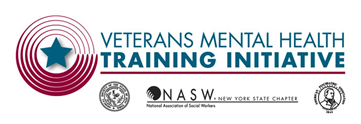
FOR IMMEDIATE RELEASE: October 13, 2017
Veterans Mental Health Training Initiative Hosts Conference in Niagara Falls
Statewide initiative to train professionals on the current and evolving healthcare needs of veterans
NIAGARA FALLS, NY – The Veterans Mental Health Training Initiative, a multi-year comprehensive training project, is hosting an exclusive conference for primary care physicians and licensed mental health professionals on the assessment and treatment of veteran-specific health and mental health issues on October 13 and 14 at The Conference & Event Center in Niagara Falls, N.Y.
Hosted by the National Association of Social Workers – New York State Chapter, the Medical Society of the State of New York, and the New York State Psychiatric Association, the Veterans Mental Health Training Initiative (VMHTI) aims to increase the number of community mental health and primary care providers clinically trained on mental health issues specific to veterans and families. The initiative is made possible by a grant from the New York Legislature and is administered by the New York Office of Mental Health.
“The Veterans Mental Health Training Initiative is tackling one of the foremost challenges confronting the military and mental health communities. Unfortunately, so many service members returned home to find a lack of resources – resources that could properly address the unique scars of service and recognize the challenges of acclimating to civilian life. This initiative is taking a new approach and I applaud the collaboration of experts from across the medical, psychiatry, social work professions – working directly with veterans – to ensure our heroes receive the treatment and assistance they earned fighting for our country,” said Chairman of the Senate Committee on Mental Health, Senator Robert Ortt (R-C-I – North Tonawanda), who will provide opening remarks at the event.
Entering its fifth training cycle in 2017, the VMHTI will host two free regional conferences this year, with one already taking place in Long Island earlier this May. Topic areas of note this year include post-traumatic disorder and traumatic brain injury in returning veterans, women and military culture, technology assisted therapies, LGTBQ and the military, suicide prevention, and more. At the conclusion of this free event, practitioners will walk away with continuing education credit hours and an enhanced understanding and ability to treat veteran-specific issues.
The Veterans Mental Health Training Initiative Conference is free and approved for continuing medical education credits for physicians and continuing education credit hours for New York State licensed social workers, mental health counselors, and marriage and family therapists. Each two-day conference will bring leading experts in the field of veterans mental health, as well as current and retired members of the military, together to present a series of workshops and sit on a panel discussion. Close to 125 health and mental health professionals are expected to attend the conference in Niagara Falls.
Since the initial launch of VMHTI in 2009, over 3,500 mental health and human service providers have been trained. However, the need for additional and more advanced clinical training remains strong and critical to building skill proficiency. Over the course of the years, the VMHTI has expanded its training content to include advanced clinical tracks that provide evidence-based assessment and treatment methods for veteran-specific conditions. The VMHTI training curriculum is developed by an advisory committee comprised of veteran experts, representatives from veteran service programs, military family members, and both active and retired service members, in collaboration with the VMHTI organizations.
To register and learn more about the Veterans Mental Health Training Initiative in Niagara Falls, please visit www.naswnys.org/vmhti
# # #
About the Veterans Mental Health Training Initiative
The Veterans Mental Health Training Initiative is a collaborative endeavor of the National Association of Social Workers – New York State Chapter, the Medical Society of the State of New York and the New York Psychiatric Association, to educate and train community mental health and primary care providers on veteran-specific mental health issues, including post-traumatic stress disorder, traumatic brain injury, suicide prevention, and substance use disorders. The initiative is made possible by a grant from the New York Legislature and is administered by the New York Office of Mental Health.
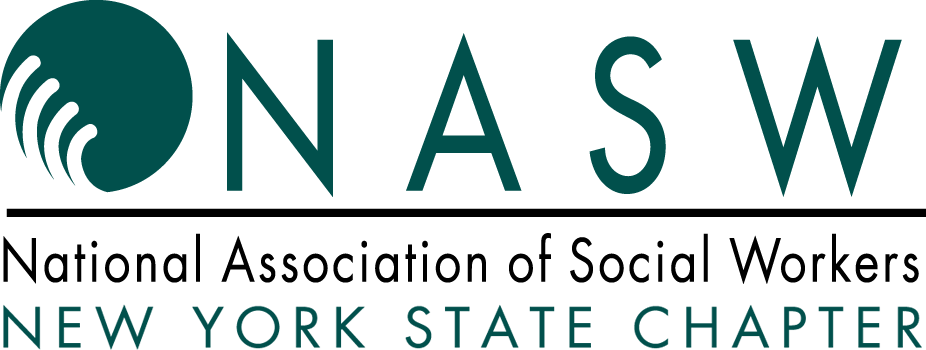
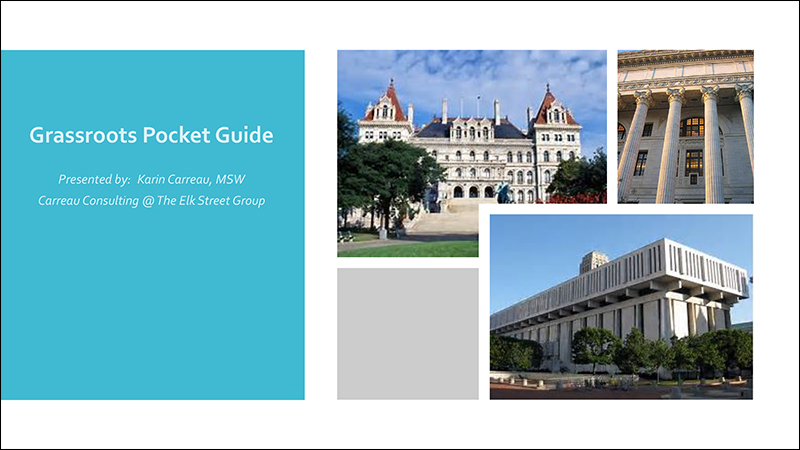


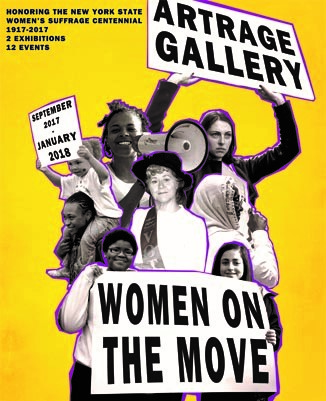
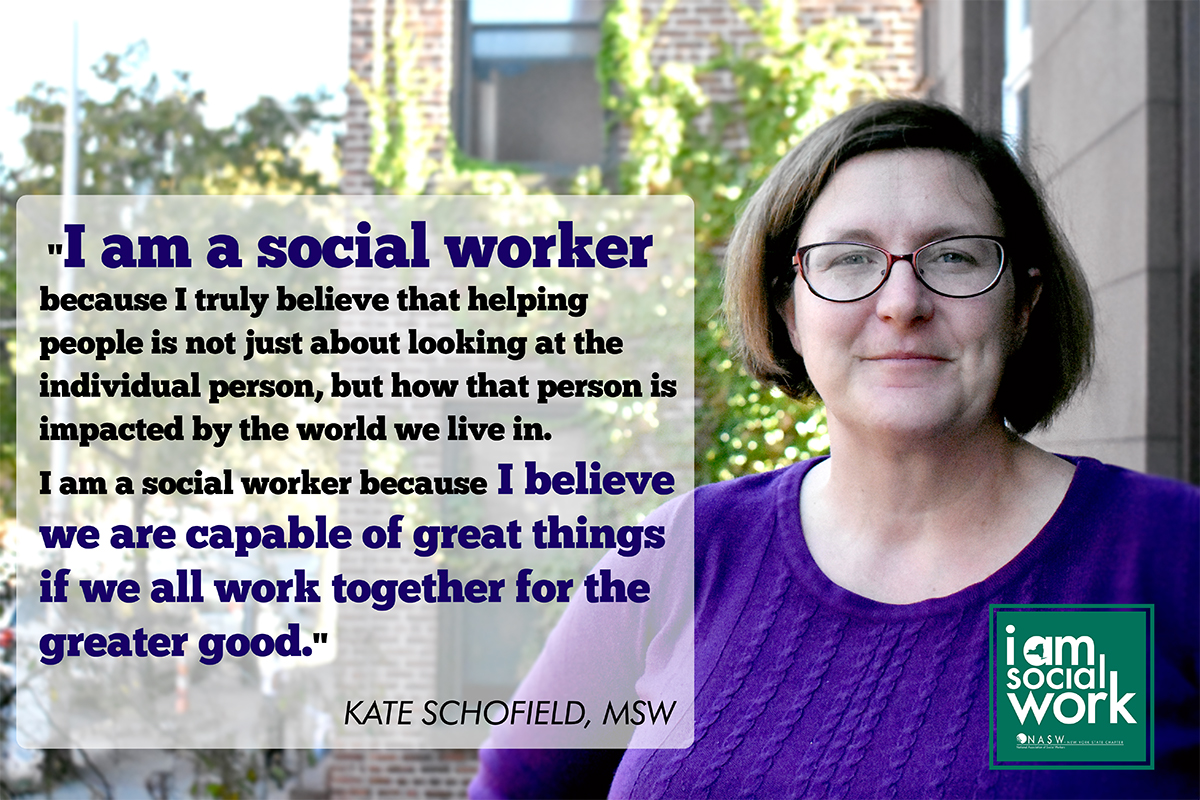

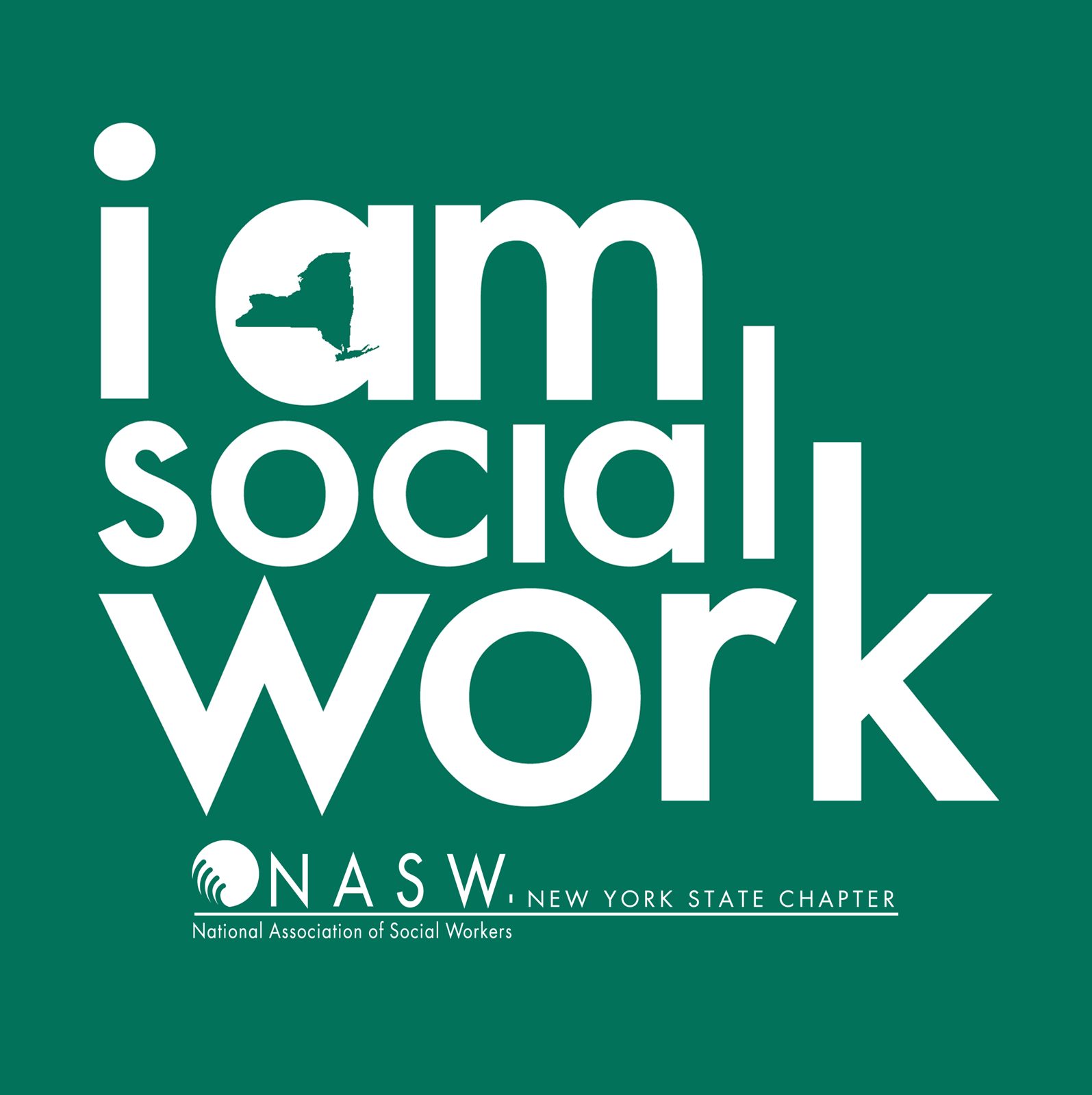 The I Am Social Work Campaign is a visual campaign to showcase the profession of social work and the people who dedicate their lives to it. By highlighting the innumerable ways social workers enhance their communities and workplaces, and by showing off the vibrant, dedicated personalities of social workers, we are hoping to foster a broader understanding of who social workers are and what they do.
The I Am Social Work Campaign is a visual campaign to showcase the profession of social work and the people who dedicate their lives to it. By highlighting the innumerable ways social workers enhance their communities and workplaces, and by showing off the vibrant, dedicated personalities of social workers, we are hoping to foster a broader understanding of who social workers are and what they do.